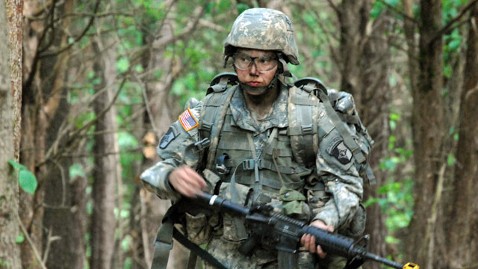The Office of Personnel Management wants to shake up the Combined Federal Campaign (CFC), the charitable-giving system for federal employees, but in the process the agency could risk losing donors and reducing contributions.
One rule under review by the Obama administration would “eliminate the use of cash, check and money order contributions. Instead, all donations will be required to be made through electronic means.”
This could “streamline the operations,” as proposed rules from OPM suggest, but whether it also would “increase the effectiveness of the program to ensure its continued growth and success” is questionable.
The reason: In 2011, the last year for which OPM data are available, just 22 percent of the money pledged was donated electronically. Moreover, 88.4 percent of the donors did not make electronic contributions.
So, a move to electronic-only donations would seem to put CFC at risk of losing a majority of its donors. The proposal worries executives of some charitable organizations, even as they welcome other sections of the plan.
Federal employees contribute through the CFC to various charities. Donations exceeded $272 million in 2011. That’s a lot of money, but it represents a drop of almost $10 million from 2009, the high point.
An OPM spokeswoman said the agency does not comment on rules under review. In the 53-page document that contains the proposed regulations, however, OPM Director John Berry wrote:
“These proposed changes will introduce efficiencies and cost savings into the CFC by leveraging technology that was not widely available just a few years ago. They will make the CFC more efficient, more transparent, more accountable and more relevant to Federal, Postal and military service personnel who want to make the biggest impact with their donations.”
Scott Jackson, chief executive of Global Impact, said electronic giving can save $14 a pledge, by reducing processing costs.
“That’s very, very powerful,” he added. How the change to electronic-only contributions might effect donations presents “important issues to work through,” he said. Global Impact administers the overseas campaign of the CFC.
Those issues leave Stephen M. Delfin “highly concerned.” He is president and chief executive of America’s Charities, a group that works with CFC organizations. Delfin said he is worried that the rules, previously reported by the Federal Times, could result in lower donations.
“You have to be careful,” he said. “Technology is not a panacea.”
Marshall Strauss, chief executive of the Workplace Giving Alliance, a consortium of CFC federations, agreed. Although he thinks “electronic donations are an excellent addition to the campaign,” he said he worries that relying solely on that “may dramatically reduce the number of people giving and the overall receipts of the campaign. Many thousands of people prefer to give by check or even cash, and we would hope the government would preserve these options.”
In addition to electronic-only giving, Delfin and others have concerns about a proposal to eliminate 184 local CFC committees in favor of fewer and larger regional panels.
This would require “a reduced number of Federal personnel for oversight purposes,” according to the plan.
But it also would diminish the sense of community that charitable leaders say is crucial in motivating individuals to give.
Dumping the local committees will shrink the “person-to-person feeling of the campaign, which is very, very important,” said Kalman Stein, president and CEO of EarthShare, which was recently selected to administer the Combined Federal Campaign of the National Capital Area.
Stein said that he doesn’t think OPM understands “how critical that local component is” and that he is “very concerned the campaign will decline precipitously” if the Local Federal Coordinating Committees are eliminated.
“Our history shows that more consolidation leads to less donations,” said Stein, who, along with Strauss, was a member of the CFC-50 Commission. The commission, formed in 2011 to mark CFC’s 50th anniversary, issued a report last year. A number of its recommendations were incorporated into OPM’s proposals.
But Stein said consolidating the local committees into regional ones would go “way beyond the commission’s recommendations.”
The commission said its 24 recommendations were designed to further encourage a “history of giving” by federal employees, who have “set the standard for workplace giving to charitable organizations.”
But the recent decrease in donations “is a cause for concern,” the report said.
Now there is concern that parts of the OPM plan could make the situation worse.
Previous columns by Joe Davidson are available at wapo.st/JoeDavidson.










